How important is a good-looking face? According to social psychologist Kurt Lewin’s Force Field Analysis, when it comes to facial recognition, people look at the shape of the face as a whole rather than individual facial features—and people with so-called better-looking face shapes often lead “more fruitful lives” as a result. Maybe this explains why facial shaping, which uses injections to contour the shape of the face, is becoming an extremely popular cosmetic treatment these days.
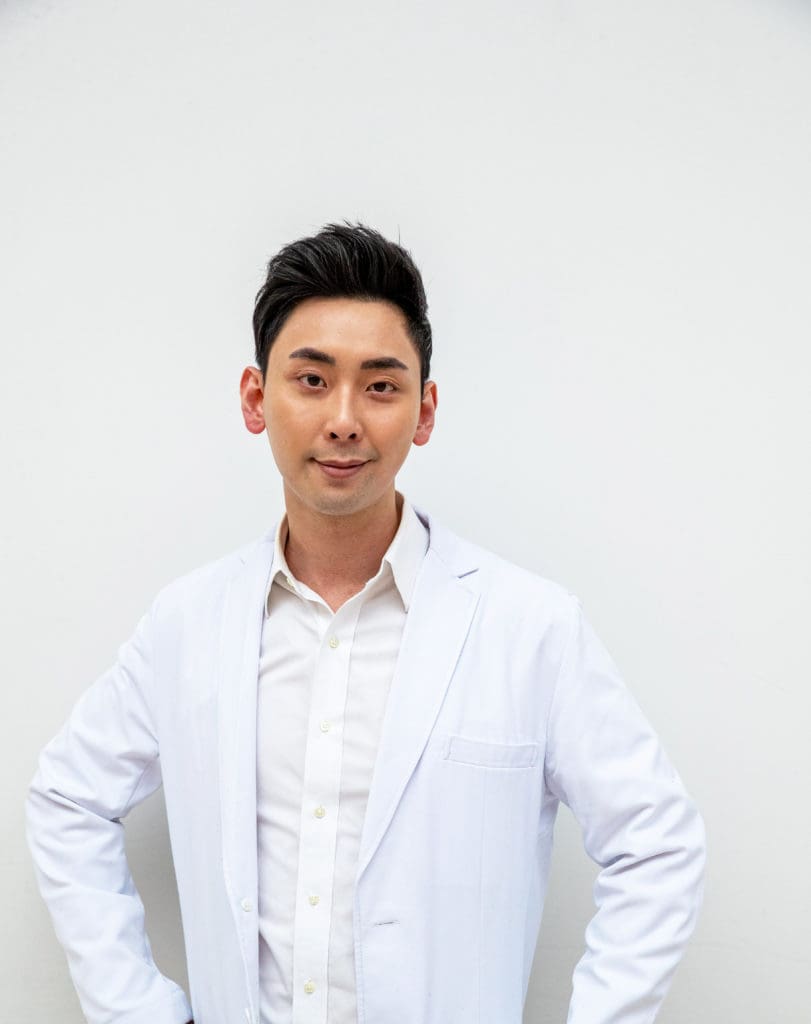
Theoretically, there’s a certain ratio for good-looking faces. Dr. Jacky Lo, resident physician at cosmetic medical clinic Project Skin MD, with locations in Vancouver and Richmond, B.C., says, “When we look at youthful faces, they tend to display what we describe as a ‘triangle of youth’—high cheek bones, strong jawline and a tapered chin.” He should know: after completing a medical degree at the University of British Columbia and a post-graduate diploma in practical dermatology, Dr. Lo became interested in aesthetic medicine. A keen eye for art and beauty helped; it took him just three years to become an absolute master in facial shaping.
However, despite the theory, Dr. Lo does not subscribe to a “one size fits all” approach when it comes to facial shaping. And, he cautions, patients should look for—and, indeed, expect—a specialist who will work with them to create a personalized plan that will produce optimal results while maintaining the natural integrity of their face. “I believe that good cosmetic treatments should be subtle and leave the patient looking refreshed,” he says.
Further, the definition of “beauty” differs from culture to culture. When it comes to Asian clientele, Lo says his patients are less drawn to high, sculpted cheeks and tend to prefer a softer, oval face shape. “Generally speaking, Asian faces tend to be wider and shorter. When we look at their profile, they tend to have a flat forehead and nasal bridge and an under-projected chin,” he explains, adding that, if people want to contour their faces toward more of an oval or V shape without surgery, cosmetic injection via face shaping is an excellent alternative. Neuromodulators, like Botox, can be used to slim the face, while filler will elongate and add projection to the chin. Fillers can also be used to create a more rounded contour on the forehead and increase the height of the nasal bridge.
“Among all popular facial-shaping areas, the difficulty of shaping nasal bridge is the highest, and not every aesthetic physician is comfortable handling this area,” says Dr. Lo who, in fact, is an expert who specializes in treating this part of the face. For this reason, he cautions potential patients to do their research and ensure they are in good hands when it comes to shaping their nose. “It is an extremely sensitive area; if the incorrect amount or type of product is injected, it can actually widen the nose. The nose is also highly vascular area so we have to exercise extreme caution when treating it. If the product is injected into a blood vessel, it can potentially lead to serious complications including permanent skin damage and even, though very rarely, blindness.”
Fortunately, in Canada, only licensed medical physicians and registered nurses under the supervision of a medical physician can perform cosmetic injection procedures, including those involved in a face-shaping treatment. Dr. Lo suggests that anyone wanting to try facial shaping for the first time consult with multiple physicians, ask questions and view a “before and after” gallery of work to ensure they are in good hands and making a sound choice for themselves. And, while consultation is the most time-consuming part of the process, it’s also the most important.
“During a facial-shaping consultation, clients can explain to the doctor the areas they want to improve, review different options and to determine whether or not cosmetic injection is the right treatment for them,” says Dr. Lo. “Usually, 15 to 45 minutes is all you need for the actual injection [and] ice or topical or injectable anesthetic can be used to help with any discomfort.” After the treatment, he says it’s common to experience some mild swelling, tenderness or even bruising, which usually clears up in a week or two. At Project Skin MD, a follow-up appointment is scheduled two weeks out, to make sure the results are optimal.
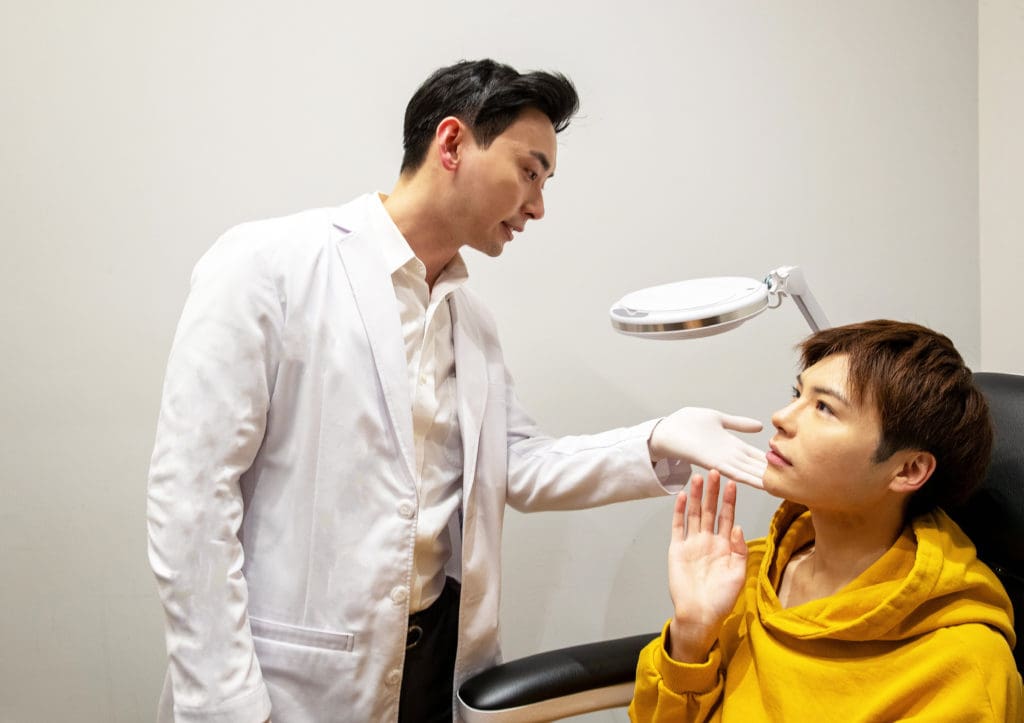
Speaking of results, Dr. Lo says some of his clients have described the procedure as “life changing—they no longer feel self-conscious when they look in the mirror or when taking photos. It feels extremely rewarding that I am able to help people gain confidence.” Though the “perfect face” can be a highly individual concept, we’d feel perfectly confident putting our face in Dr. Lo’s capable hands. —Louisa Chan
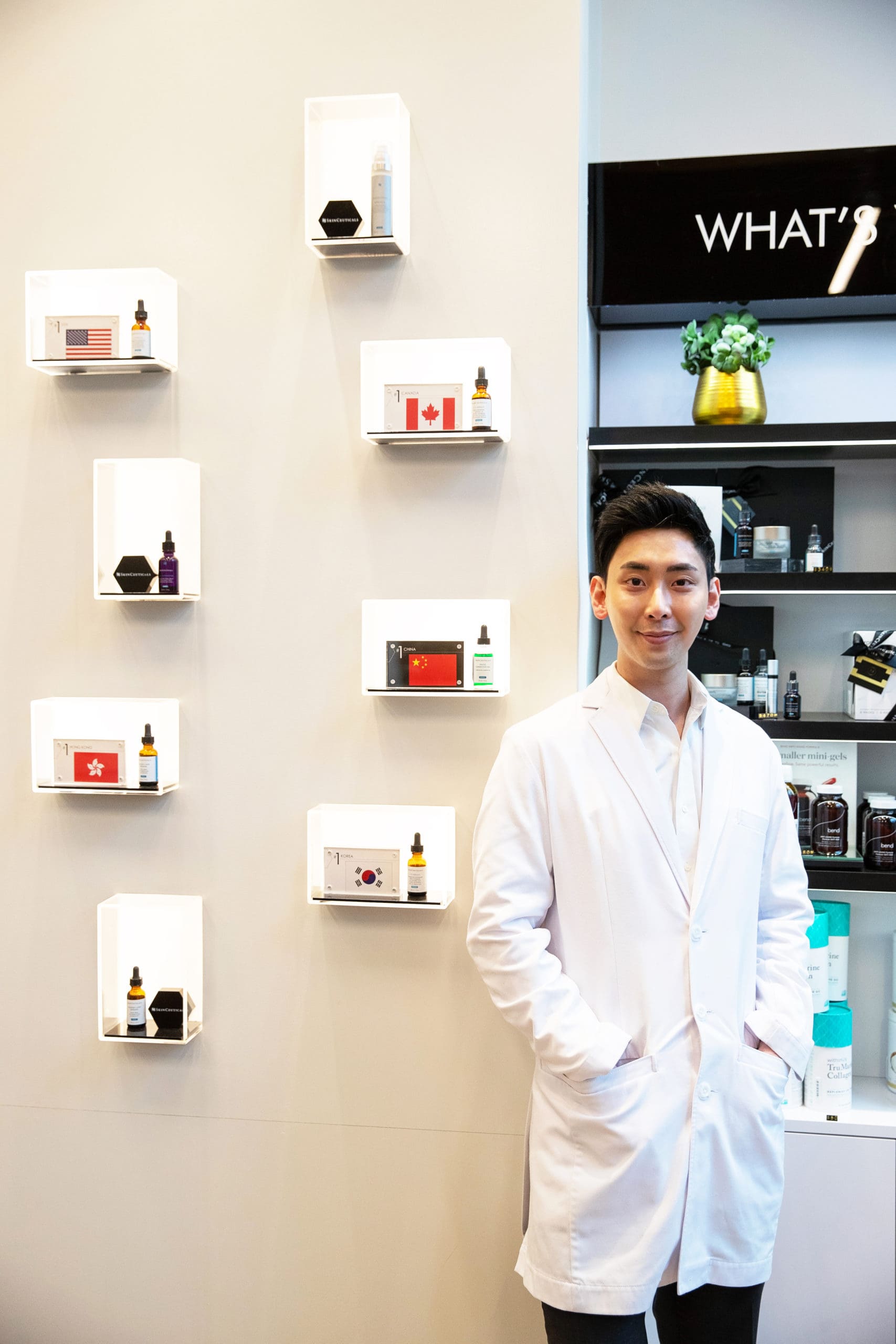
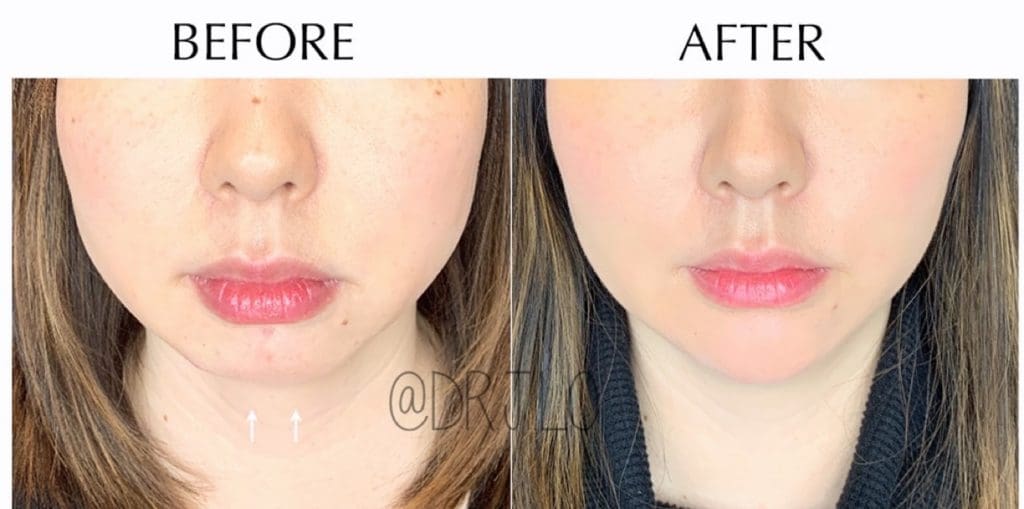
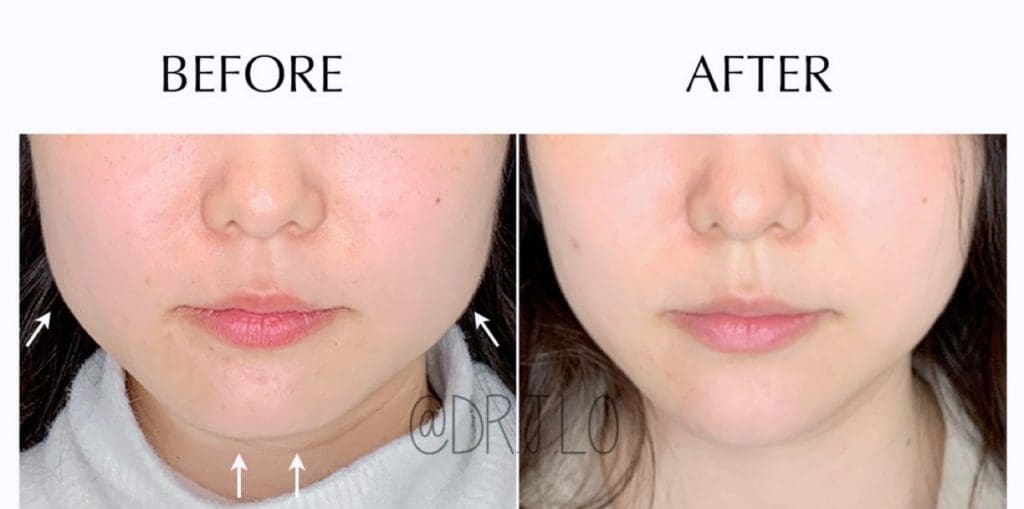
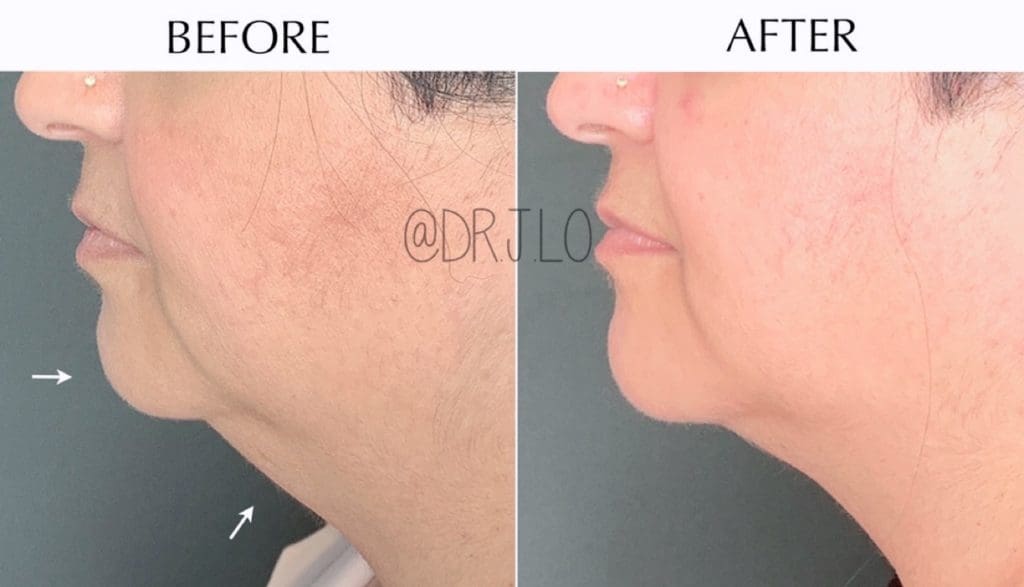
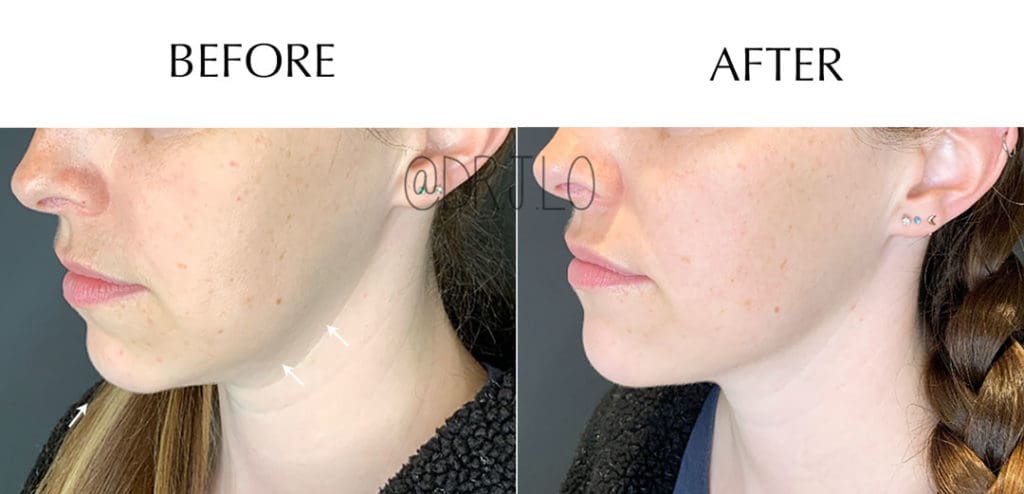
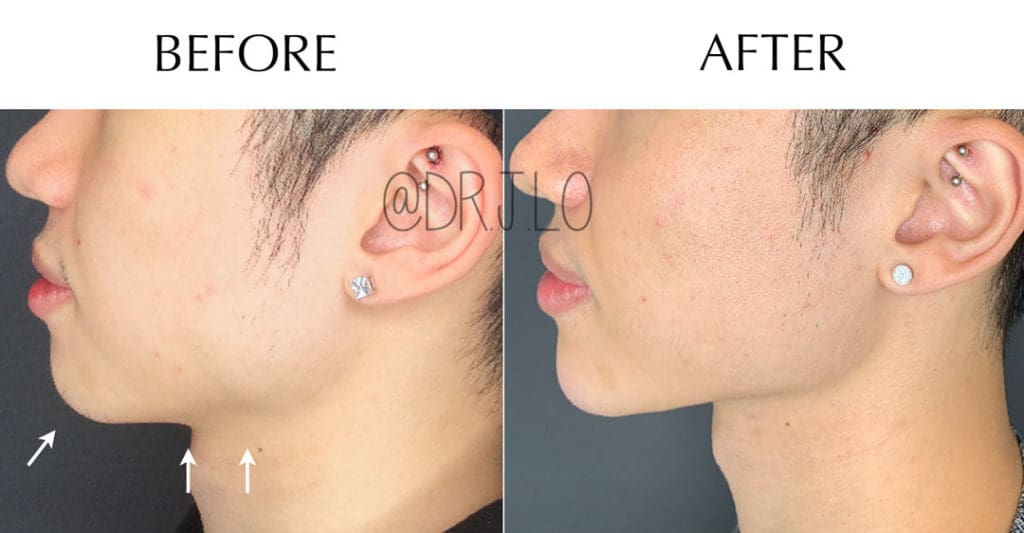
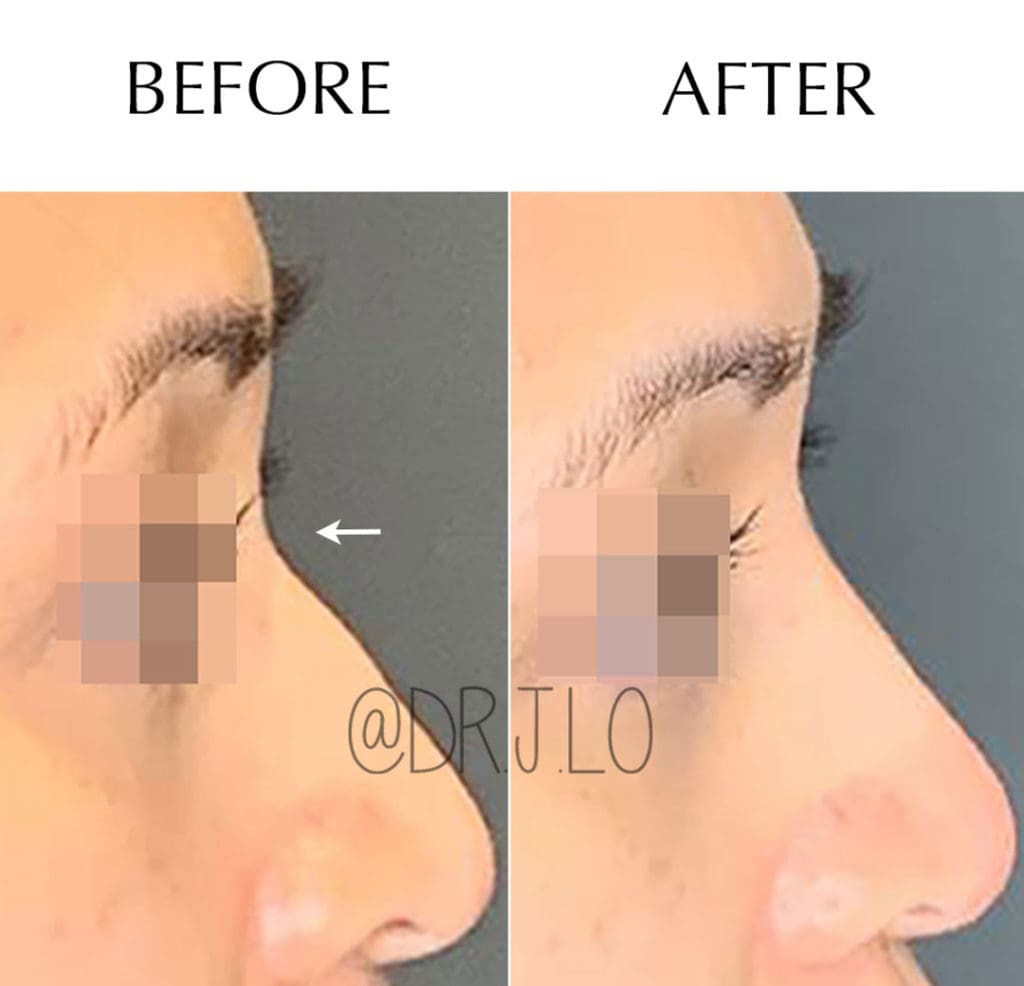
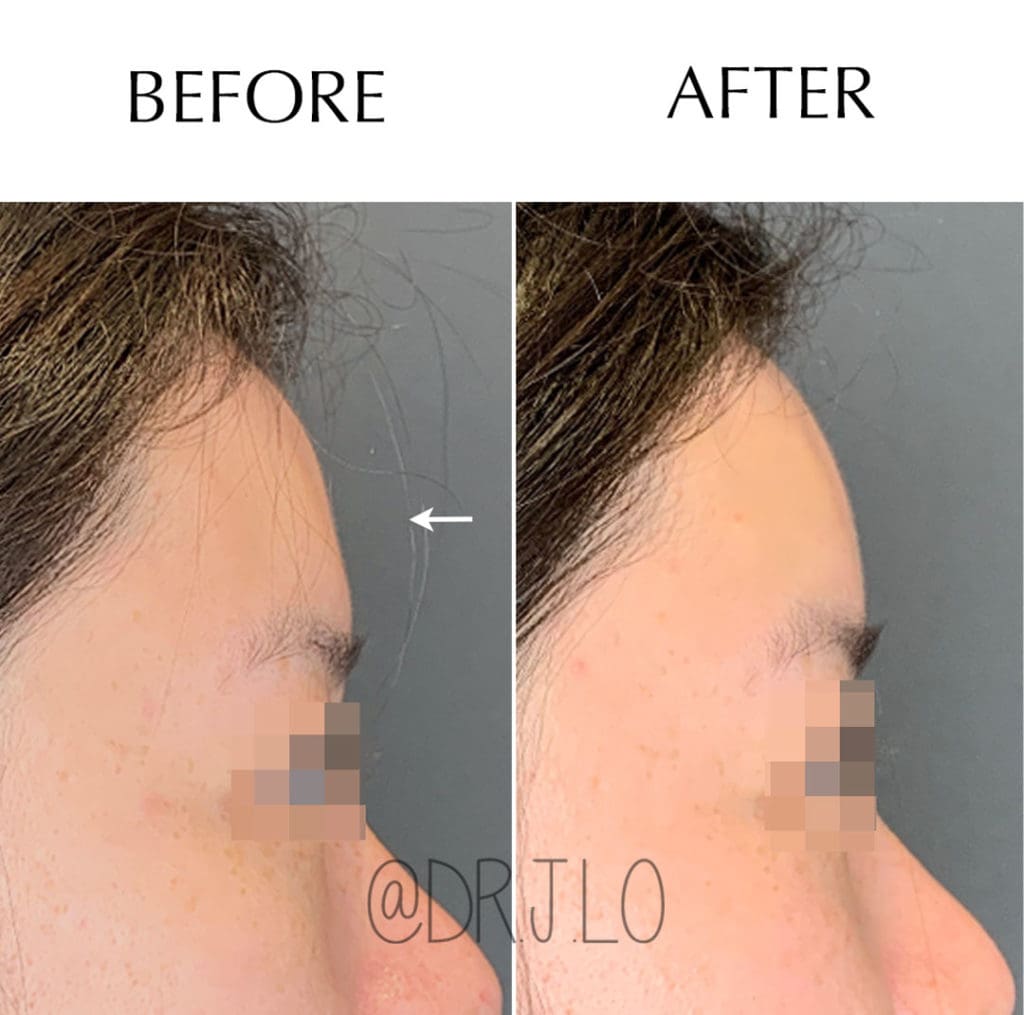
Be the first to comment